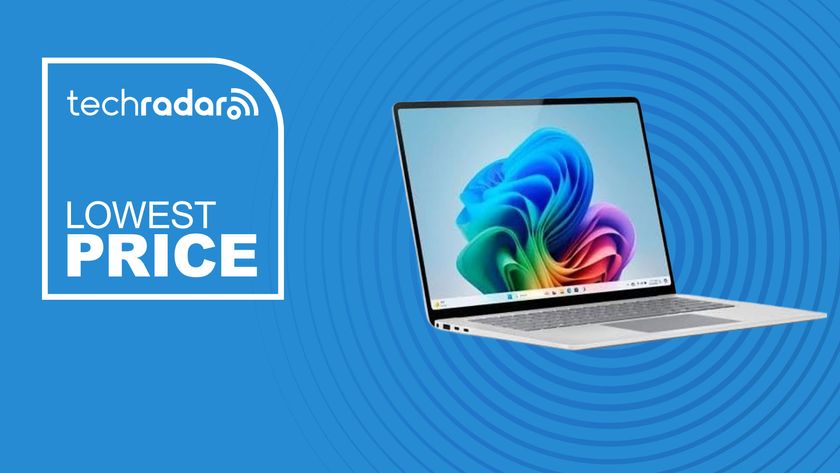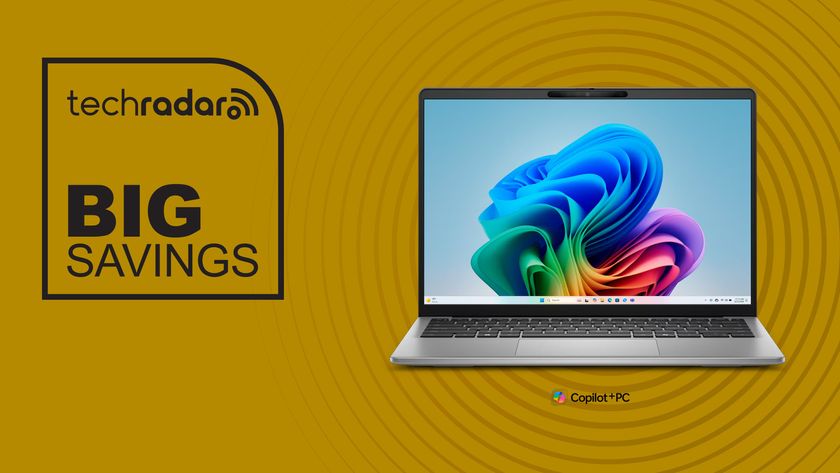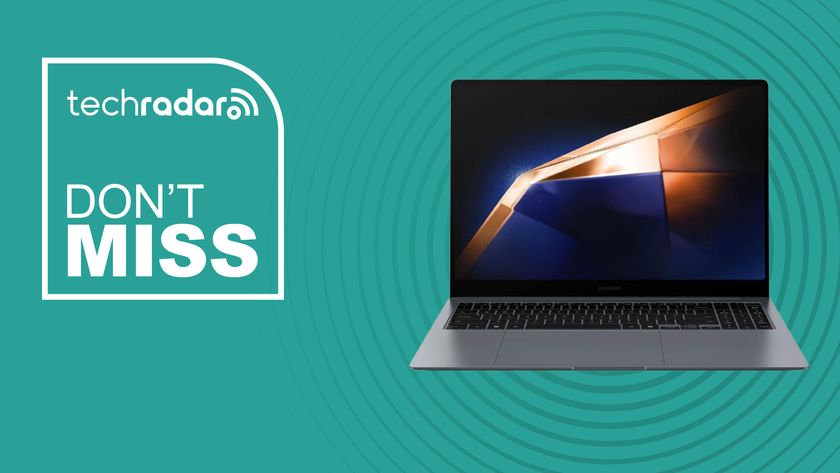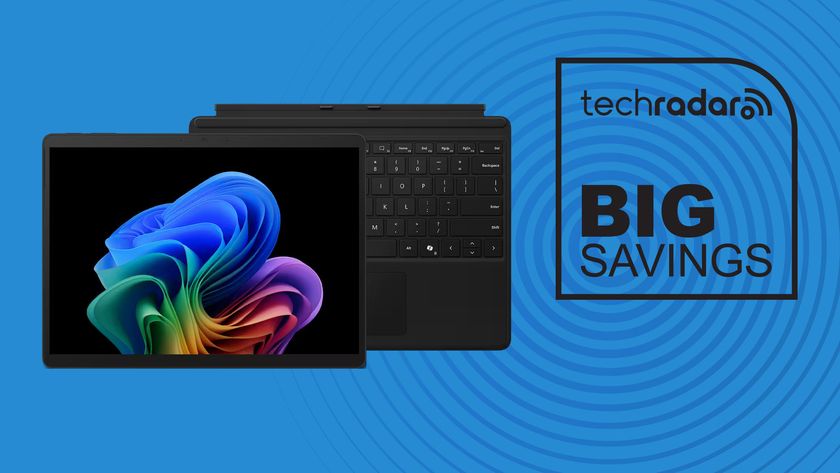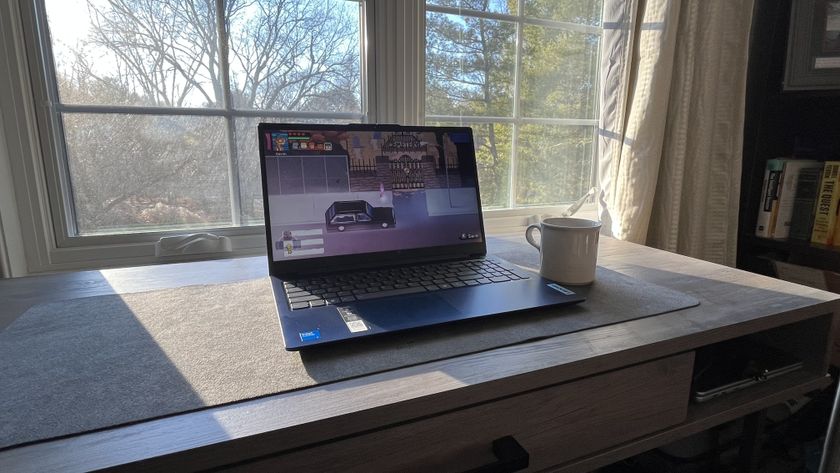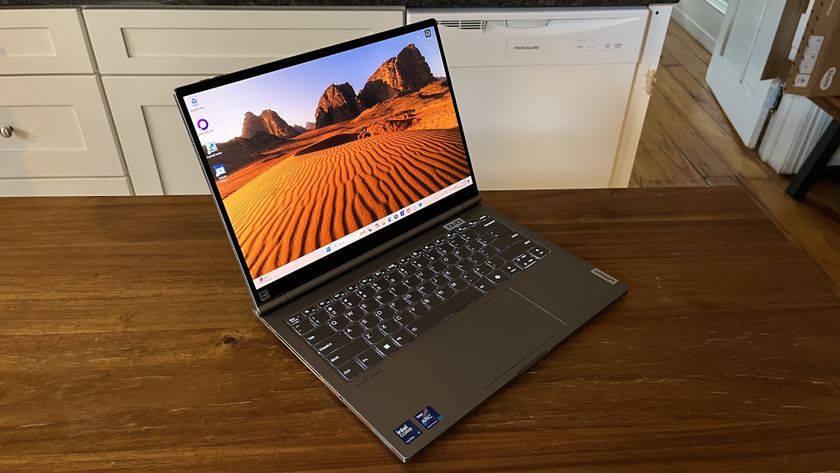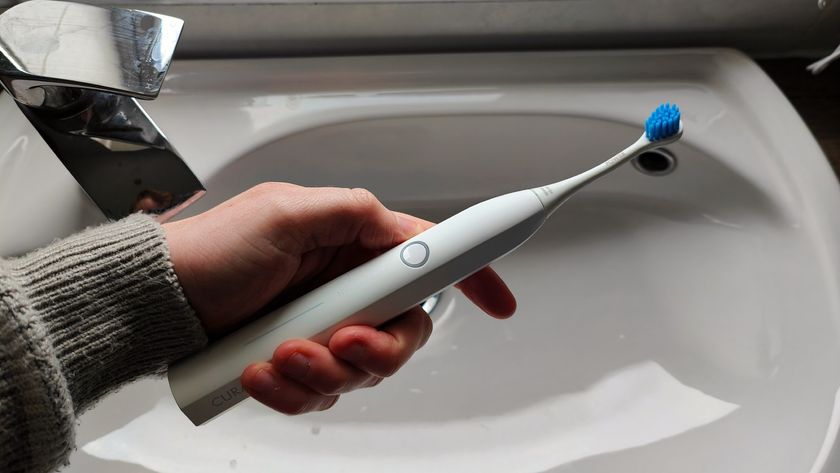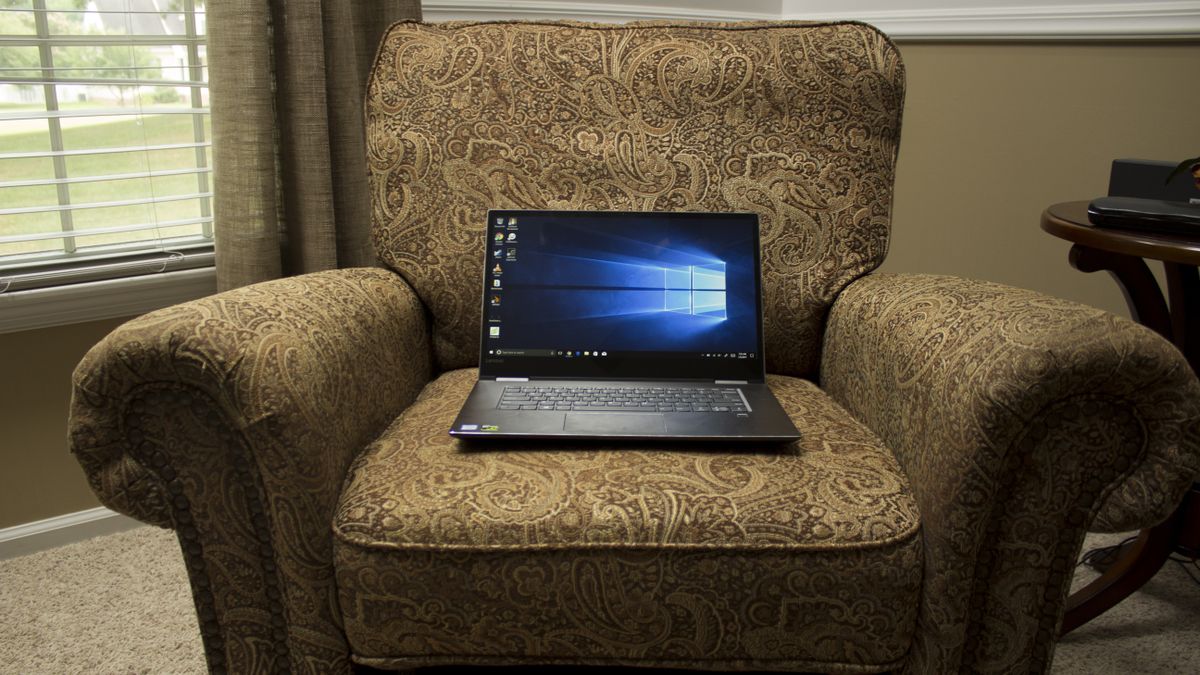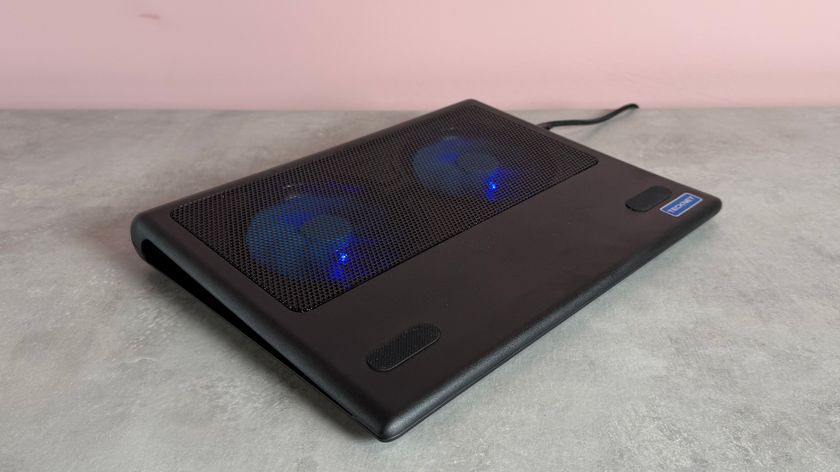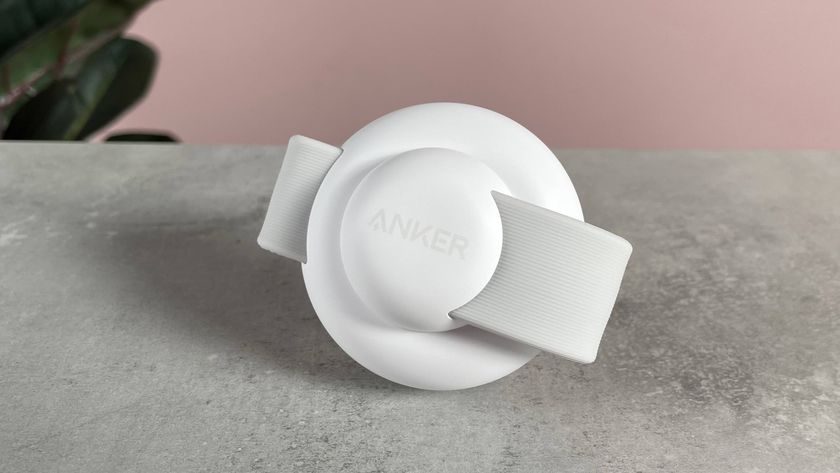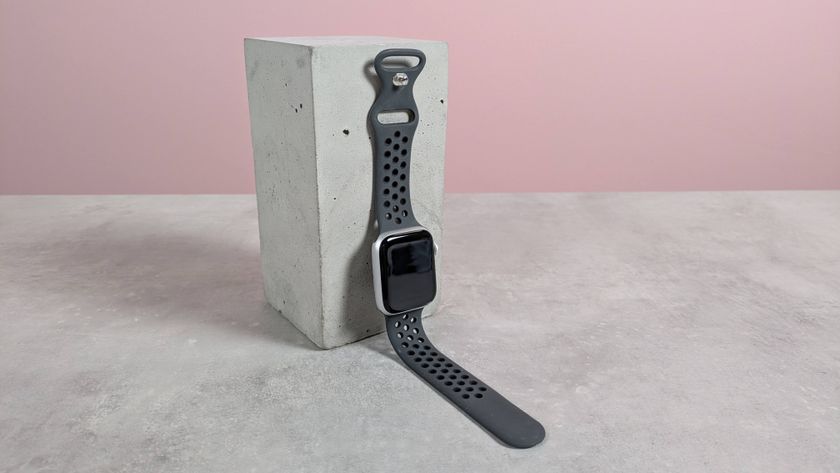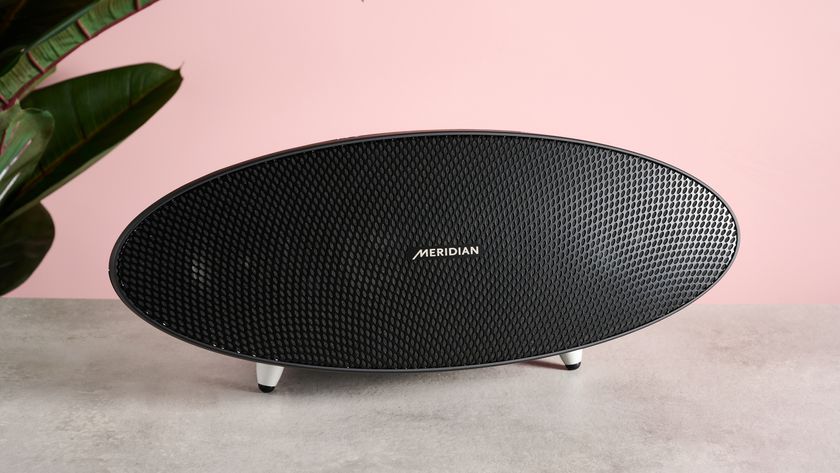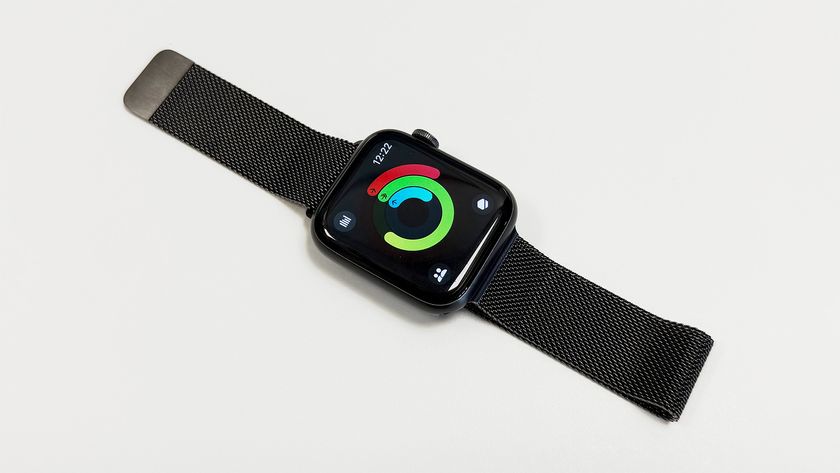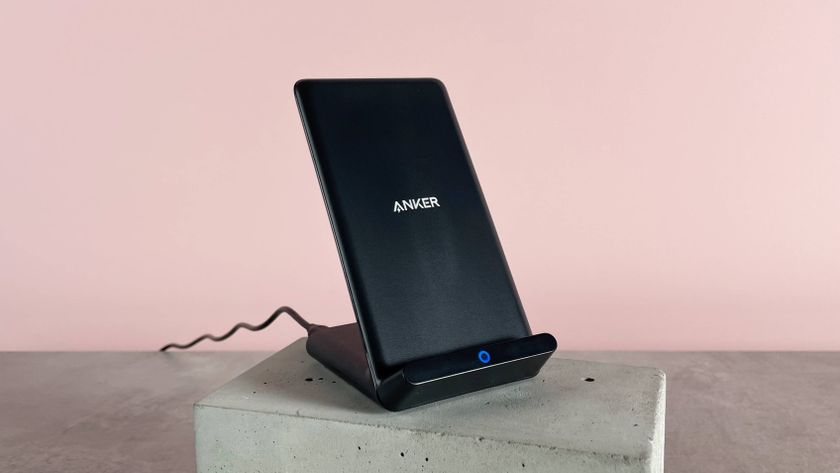TechRadar Verdict
The 15-inch Lenovo Yoga 720 is an excellent value for what’s on offer. Albeit with only a 1080p screen, the model we reviewed is well-designed and more powerful than its closest rivals without skimping on the battery life.
Pros
- +
Unparalleled 2-in-1 performance
- +
Competitive battery life
- +
Snappy trackpad and keyboard
- +
Sturdy hinge
Cons
- -
No USB-C charging
- -
No HDMI or SD card slot
- -
Down-firing speakers
Why you can trust TechRadar
Like the 13-inch model we reviewed a month ago, the 15.6-inch Lenovo Yoga 720 is a solid contribution to the 2-in-1 laptop space. It feels every bit as comfortable as a tablet as it does as a laptop, only this time it’s a bit heavier than before, weighing 4.4 pounds (2kg) instead of a measly 2.9 pounds (1.3kg). Oh, and the ports are marginally different.
Rather than two USB-C ports and one USB 3.0, the 15-inch Lenovo Yoga 720 packs a pair of legacy USB Type-A ports and a single USB-C connection. And, of course, the proprietary single-pin Lenovo connector is still being used for charging, a qualm we’ll address in more detail below.
The specs on the 15-inch Lenovo Yoga 720 creep eerily close to that of its smaller counterpart. Luckily, we were given the chance to review one of the configurations sporting an Nvidia GeForce GTX 1050 for added graphics prowess, bringing the Lenovo Yoga 720 up to snuff with competitors like the Samsung Notebook 9 Pro and the HP Spectre x360 15.
But, before we get into all of the specifics, let’s take a look at the pricing.
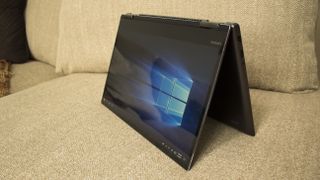
Here is the Lenovo Yoga 720 (15-inch) configuration sent to TechRadar for review:
CPU: 2.8GHz Intel Core i7-7700HQ (quad-core, 6MB cache, up to 3.8GHz)
Graphics: Nvidia GeForce GTX 1050 (2GB GDDR5); Intel HD Graphics 630
RAM: 8GB
Screen: 15.6-inch, FHD (1,920 x 1,080) IPS LED multitouch
Storage: 256GB PCIe SSD
Ports: 1 x USB 3.1 Type-C with Thunderbolt, 2 x USB 3.0, headphone jack
Connectivity: 802.11ac Wi-Fi, Bluetooth 4.1
Camera: 720p HD webcam
Weight: 4.4 pounds (2kg)
Size: 14.3 x 9.5 x 0.75 (36.3 x 24.1 x 1.9cm; W x D x H)
Price and availability
In the US, the 15-inch Lenovo Yoga 720 configuration we reviewed can be had for $1,199. Interestingly enough, this version – nor any version of this convertible for that matter – can be found in the UK. And, in Australia there is only one AU$2,699 build.
For $1,199, you’re getting a Lenovo Yoga 720 featuring a 15.6-inch, full HD (1,920 x 1,080) multitouch display, a quad-core Intel Core i7 CPU, a 2GB Nvidia GeForce GTX 1050 GPU, 8GB of RAM and a 256GB SSD. However, for a couple hundred dollars less at $999, you can get those same specs sans the discrete graphics.
The most you can expect to pay for this Lenovo Yoga 720, at least in the US, is $1,699 for the same processor and GTX 1050 GPU paired with a 4K (3,840 x 2,160), 16GB of RAM and a 1TB SSD.
Lastly, the lone $2,699 Australian model nets you that same an Intel Core i7, 256GB of SSD storage, 16GB of RAM, a 1080p screen and, oddly enough, a GTX 1050 graphics card with double the video memory.
Design
For the most part, the Lenovo Yoga 720 is built like a dream. Everything about it screams comfort, from its aluminum finish to the six-row backlit keyboard.
The key travel feels a lot better than butterfly mechanism found in the MacBook Pro, plus every key is rounded off at the bottom for improved ergonomics. After all, it’s less likely that you’ll strike the wrong key if each one is shaped like your fingers are.
Although the trackpad isn’t nearly as satisfying or precise as Apple’s Force Touch trackpads, it’s still one of the better ones we’ve used on a Windows laptop. Better yet, the silvery border which surrounds its clicker only adds to the prestige of the Lenovo Yoga 720.

Airflow is handled simply and smartly on the Lenovo Yoga 720, with a single vent pointing from the rear of the machine. So while it’s not completely silent, the fans are positioned in such a way that they’re never distracting.
It’s surprising Lenovo was able to pull this off given the use of Intel’s standard voltage, quad-core “H” series Core i7-7700HQ processor, the first of its kind to be featured in a 2-in-1. You would think that paired with a GTX 1050, the Lenovo Yoga 720 would get loud, especially during heavy gaming sessions, but it typically does not.
To be so powerful, the 15-inch Lenovo Yoga 720 still bears a relatively compact frame, making it the ideal candidate for kicking back and watching a movie or three in bed on a lazy Sunday. While the 1080p model won’t look as good doing so, there is the option of a 4K screen that starts at $1,349.
The full HD version is fine on its own, but this reviewer is far too adjusted to the crystal clear quality of QHD and UHD screens at this point not to complain about the washed-out appearance of a standard 1,920 x 1,080 IPS display – especially seeing as there aren’t any spicy brightness enhancements to make it competitive with the Samsung Notebook 9 Pro.
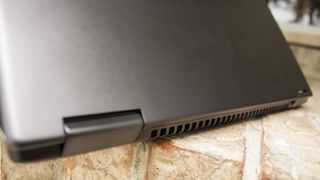
Speaking of watching movies, don’t plan on doing so without a decent set of headphones, as the speakers here are down-firing, thereby muffling the sound in practically every position. Given the lack of ports, they could have easily been integrated on the sides or above the keyboard, but instead we’ve been disappointed once again by tinny sound on a laptop.
Then there are the ports which, as was the case with the 13-inch Lenovo Yoga 720, are notably disappointing. Limited to just two USB ports, a single USB-C port, a headphone jack and a single-pin proprietary Lenovo charging deck, you’ll need to purchase an adapter or two if you want to use an HDMI-based monitor or SD card reader.
At the very least, Lenovo should have gone the way of the HP Spectre x360 or the Huawei MateBook X and included the necessary cables for these elemental functions, but alas that was not the case. Instead, the company is still relying on its own charging connector and appointing USB-C to a good chunk of the accessory duties.
Next time, we hope to see USB charging from Lenovo, preferably without any clunky power bricks involved. As it stands right now, that’s unfortunately not the case.
